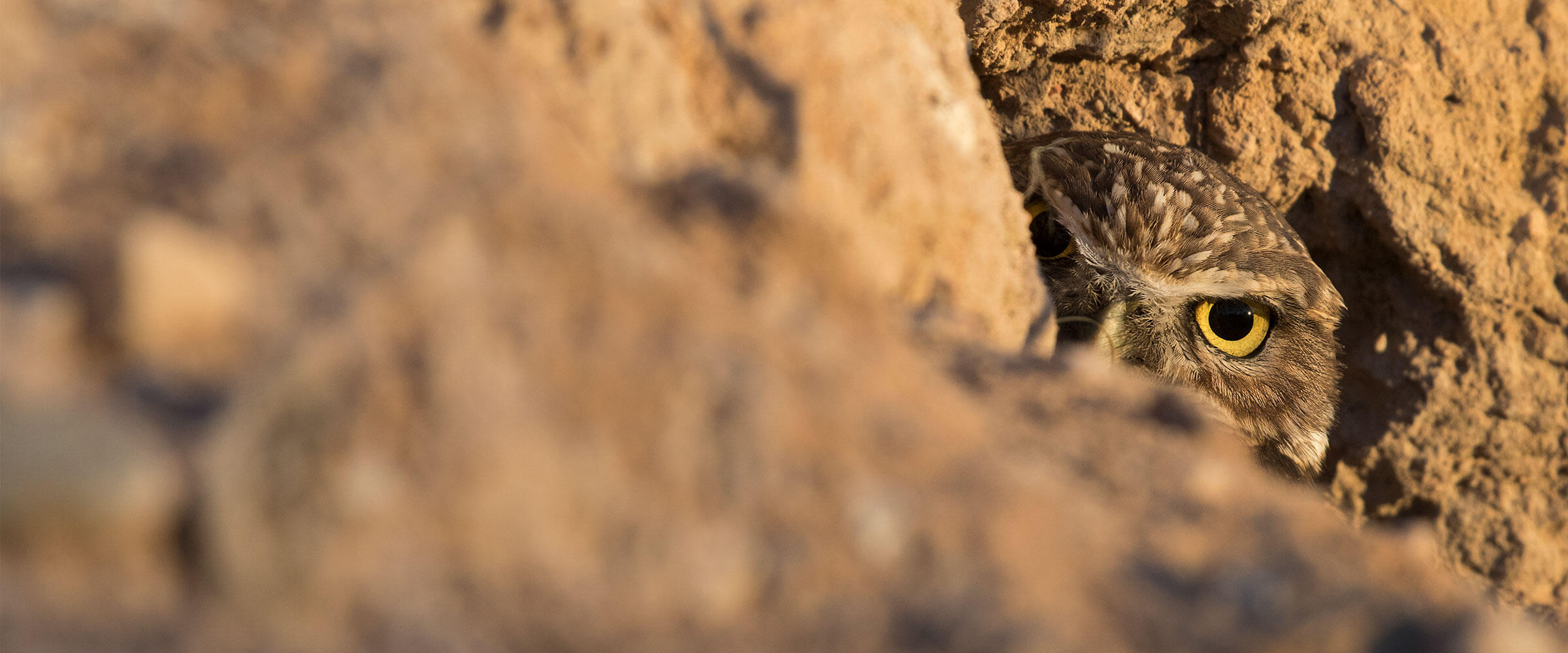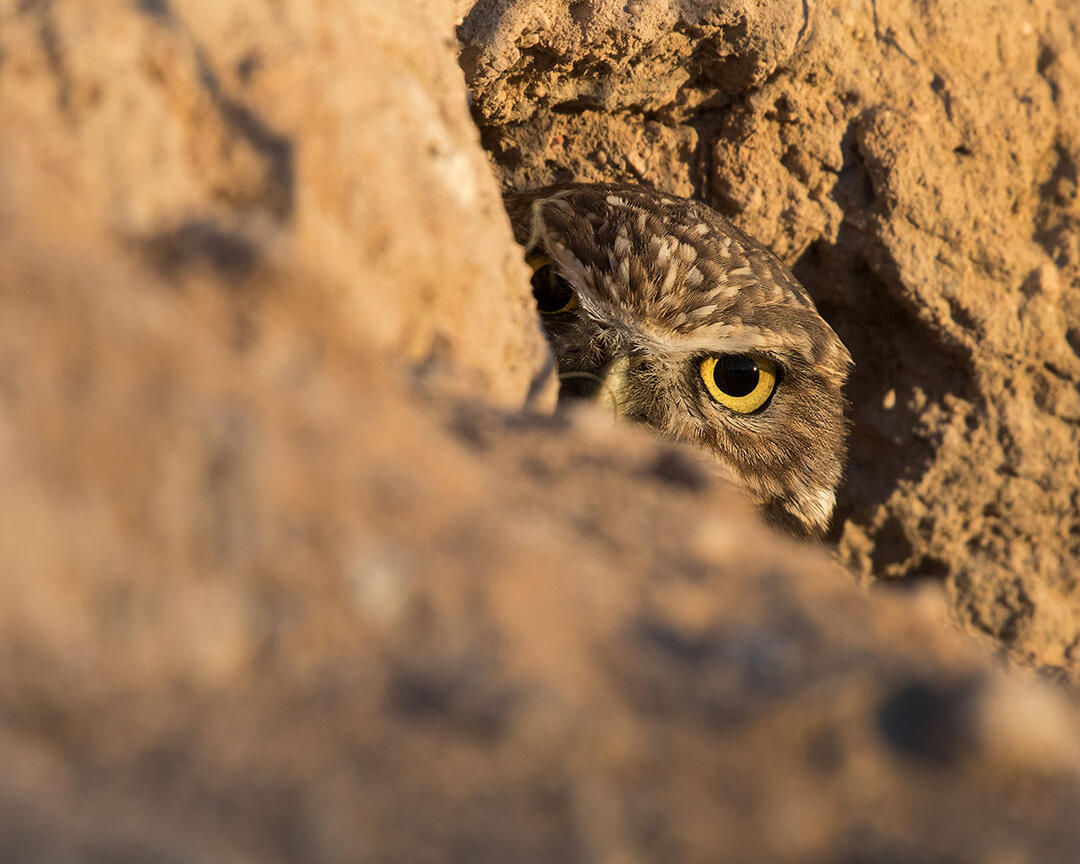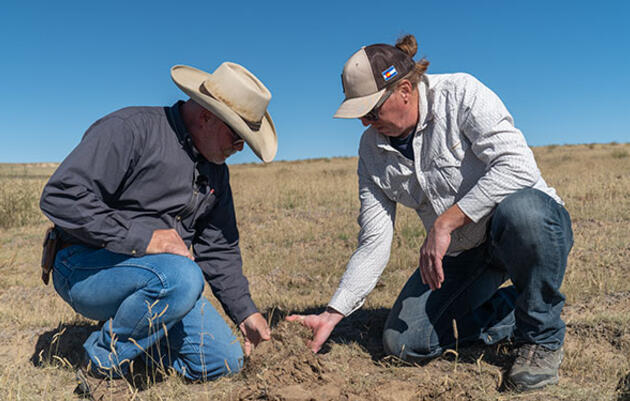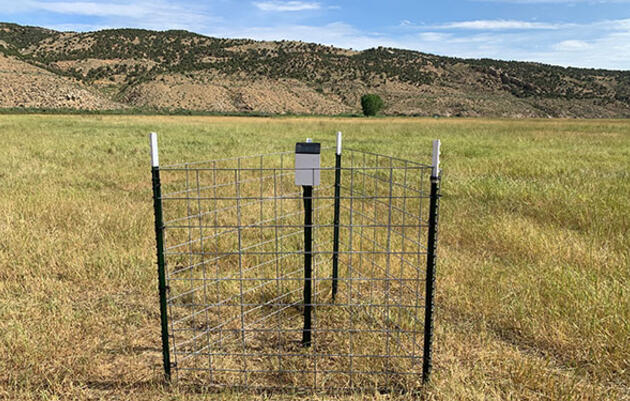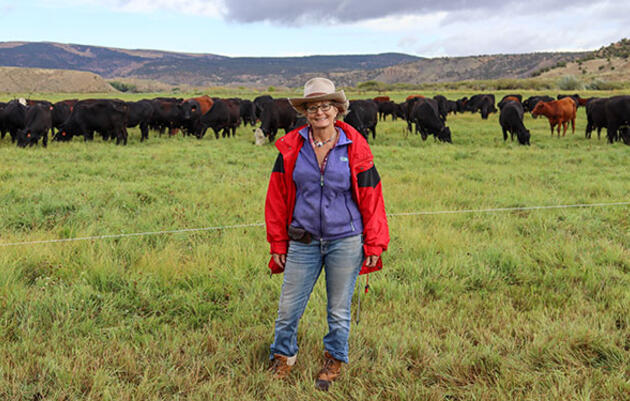Whether you’ve heard meadowlarks singing across a wide open prairie, seen a bald eagle perched on a forest edge, or come across a sage-grouse nesting in the sagebrush shrublands, it’s not hard to see how deeply birds rely on their ecosystems. But what about what’s underneath all of this, the backbone of ecosystems that gives life to our trees, grasses, and shrubs—the soil? How might the very ground we walk on affect the creatures we usually see up in the sky?
What Does Soil Have to Do with Birds?
Soils are, in fact, critical for birds and can affect bird populations both indirectly and directly. One of the main ways in which soils impact birds is by sustaining plant communities. Plants need soil to grow, and nearly all land birds rely on plants in some way, whether for breeding and nesting, foraging and hunting, or shelter and protection. The overall health of soils, including their structural stability, chemical and nutrient composition, and biological makeup, directly influences the health of plant communities that birds rely on. Healthy soils allow plant communities to thrive, creating resources and habitat for birds.
Soils can also have direct impacts on birds’ health, behavior, and reproductive success. Soil chemistry in particular has been found to affect the physical health of ground-foraging birds, as contaminated soils can lead to illnesses. For example, studies in Australia and the United States have found various health issues in birds such as sparrows, pigeons, robins, and cardinals feeding near mined areas where soils are contaminated with high levels of heavy metals. Residual pesticides in soils have also been linked to reduced reproductive success in many bird species, including swallows, bluebirds, and meadowlarks, according to a recent comprehensive review on the effect of intensive agriculture on bird populations. And contamination doesn’t just affect ground-foraging birds. A study in Finland found soil contaminants from smelters present in nest materials that led to increased pathogens in contaminated nests of Great and Blue tits. Evidently, it is important to keep soils clean and free of contaminants as much as possible in order to protect birds from a variety of illnesses.
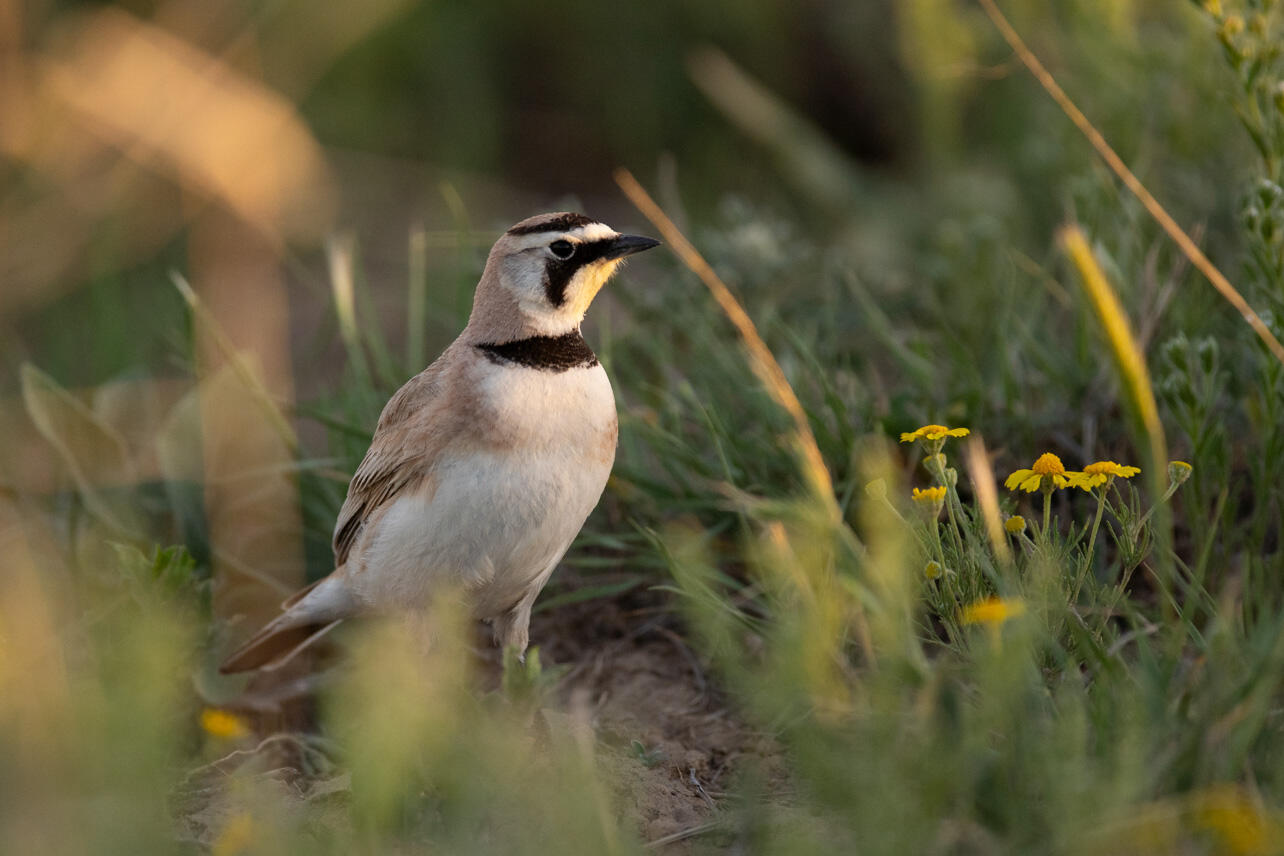
Soil biology, or the living organisms that reside in soils, can also directly affect birds. Soil invertebrates like earthworms, for example, are an important part of the diet of many birds, such as robins, turkeys, and flickers. While maybe less obvious, soil-residing fungi can also benefit birds, as a recent review found multiple creative bird uses of fungi. For example, certain types of woodpeckers use fungi to create tree cavities, while other birds, such as tanagers, warblers, and flycatchers, use fungi for nesting material. Soil biology is an important aspect of soil health that matters for birds too.
Soils are also an important carbon sink and can mitigate climate change by sequestering carbon from the atmosphere underground. Climate change is one of the greatest threats to bird populations worldwide, causing declines due to habitat loss, drought, wildfire, sea level rise, and disease. In fact, at least half of bird species in the US are in decline, with climate change as a major cause. The ability to reduce atmospheric greenhouse gas emissions through carbon sequestration makes soils a key part of reducing the threat of climate change for birds and other wildlife.
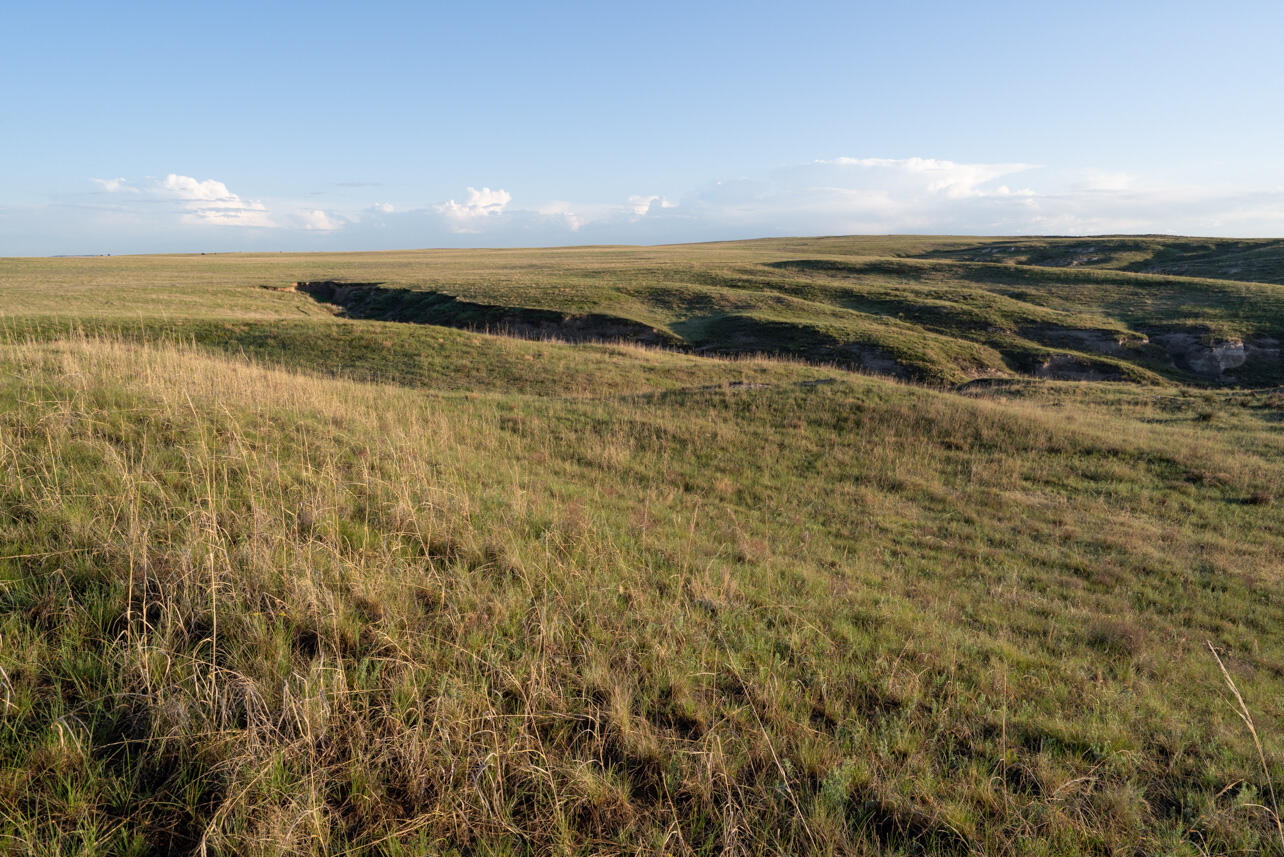
Audubon Rockies’ Work to Improve Grassland Soil Health
Soil health is crucial for maintaining ecosystems and bird populations. Through the Audubon Conservation Ranching (ACR) Initiative, Audubon Rockies is dedicated to improving soil health and habitat quality specifically in United States’ grasslands, which support some of the most threatened bird species, including the Greater Sage-Grouse, Loggerhead Shrike, and Mountain Plover. Through ACR, Audubon grants bird-friendly habitat certifications to ranches that use sustainable, environmentally sound practices and promote bird conservation. Audubon Rockies partners with government agencies like the Natural Resources Conservation Service (NRCS) and other companies such as EarthOptics to monitor soils on Audubon-certified ranches and evaluate ways to improve soil health. Recently, Audubon Rockies has also announced a new partnership with Grassroots Carbon, an organization that offers payments to ranchers for carbon sequestration and storage. Audubon Rockies also supports seven ranches in Colorado that are part of the state STAR+ soil health program.
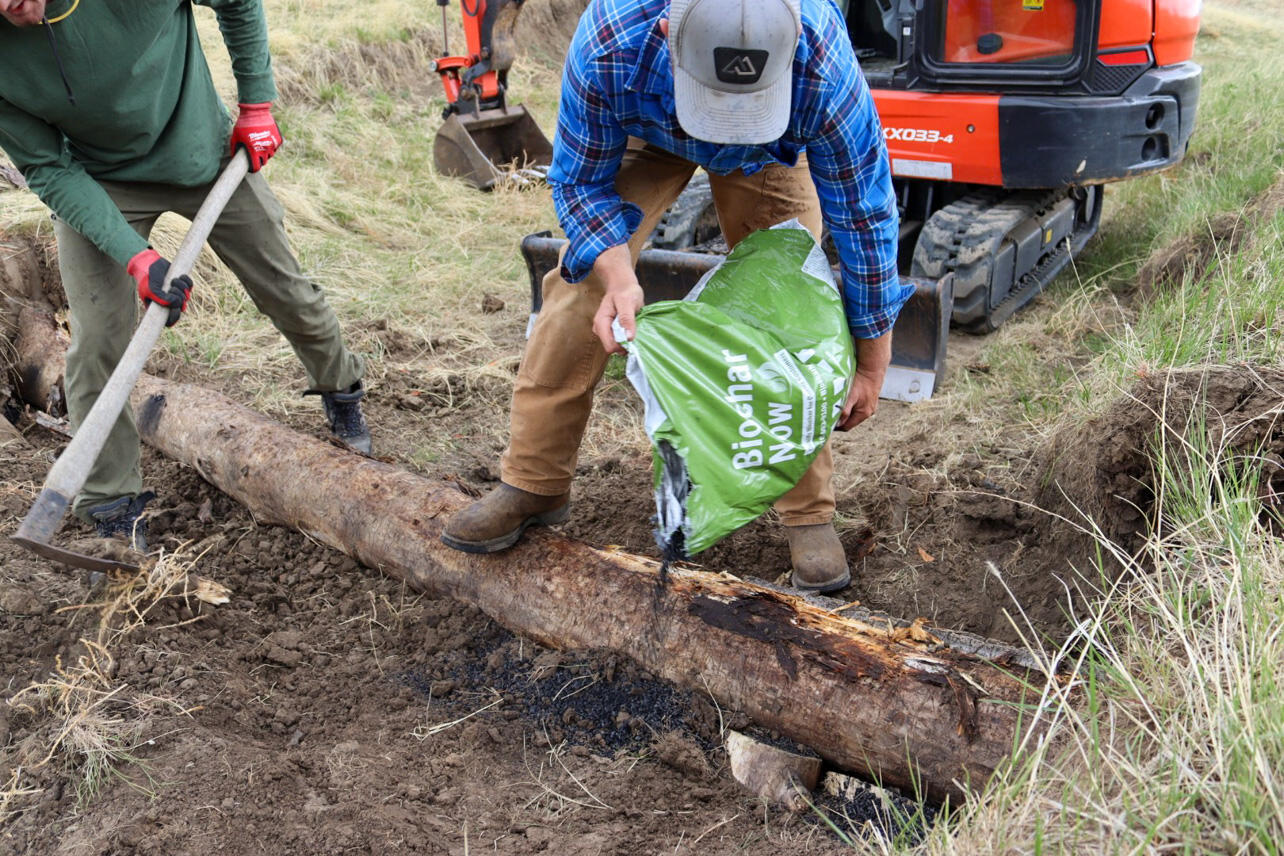
In addition to partnerships with organizations that help monitor soil health, the ACR team at Audubon Rockies works directly with ranchers to implement habitat improvement projects that include restoring soil health in degraded areas. For example, last spring the team worked with Rafter W Ranch and United Ecology to implement a process-based stream restoration project that included the addition of biochar and mycelium into soils within the project area. Biochar, a form of charcoal rich in carbon, can increase soil carbon storage and improve other soil properties, such as water-retention. Inoculating soil with mycelium, the root-like structures of fungi, adds biological activity to the soil, which aids plant growth and can provide structural stability as well.
What Can You Do to Improve Soil Health?
While it may not always be so apparent, soils are of huge importance to birds, whether they’re providing a meal, growing an ecosystem, or cooling the planet. So, what can you do to improve soil health and benefit birds? Whether you have a ranch, farm, garden, or a backyard, there’s a lot you can do on your own property to improve your soil health. Here are a few ideas:
- Get your soils tested to see what aspects of soil health may need improvement. This article provides information on soil testing labs in each state. The NRCS also has some great factsheets on different aspects of soil health and how to improve them.
- To increase soil carbon sequestration, you can amend your soils with carbon-rich organic materials like compost and biochar, minimize soil disturbance by reducing tillage, and plant cover crops.
- To protect birds, pollinators, and other wildlife, avoid the usage of pesticides, herbicides, and other toxins as much as possible.
- Plant native species! Planting a diversity of native species can increase soil microbial diversity and create habitat for native birds and insects in your region. Check out our Habitat Hero program for more information on planting native species for birds.

